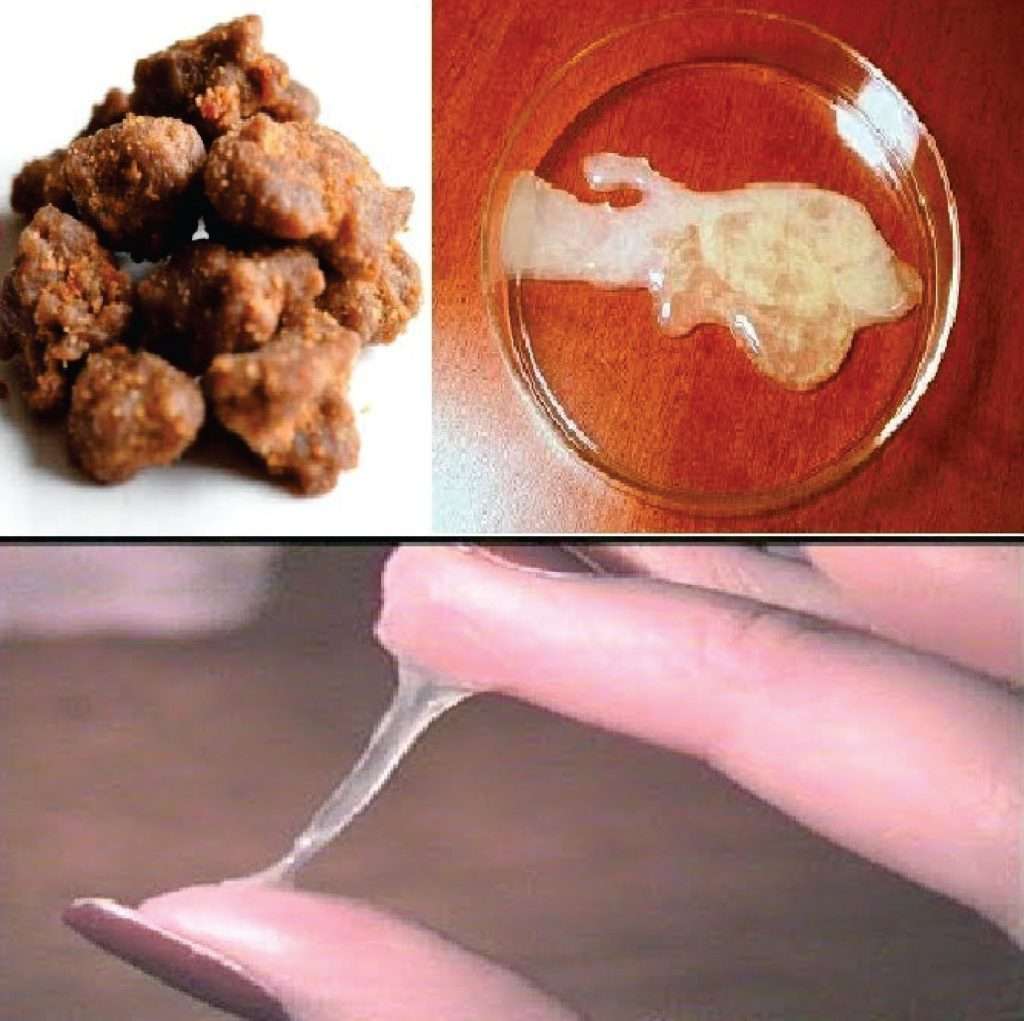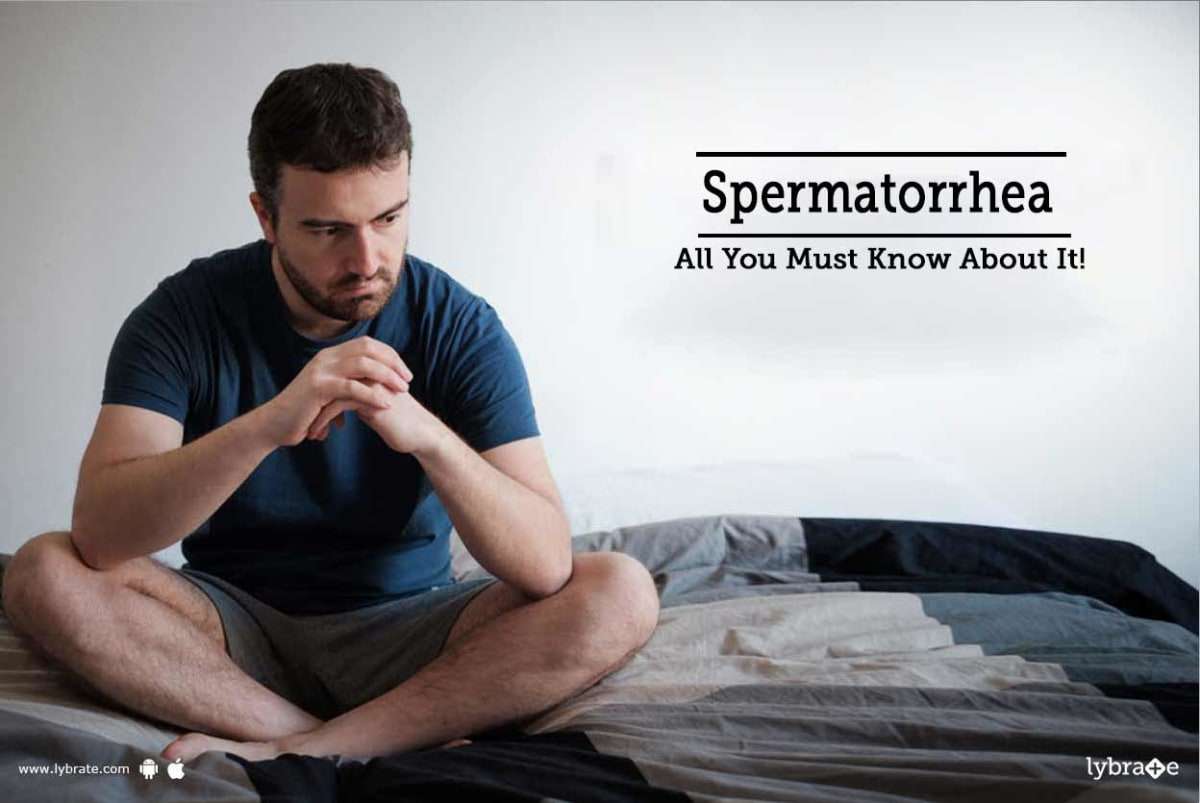Title: Spermatorrhoea: Signs, Symptoms, Causes, Risk Factors, Diagnosis, Prevention, Diet, Lifestyle, and Homoeopathic Treatment
Introduction:
Spermatorrhoea, also known as excessive or involuntary seminal discharge, refers to the release of semen without sexual arousal or orgasm. It can cause distress and affect the overall well-being of individuals. Understanding the signs, symptoms, causes, risk factors, diagnosis methods, prevention strategies, diet and lifestyle considerations, and the potential role of homoeopathic treatment is essential for effectively managing spermatorrhoea. In this blog post, we will explore the key aspects of spermatorrhoea and its holistic approach to treatment.
Signs and Symptoms of Spermatorrhoea:
1. Involuntary seminal discharge: Release of semen without sexual stimulation or orgasm.
2. Weakness and fatigue: Feeling tired and exhausted.
3. Backache and leg pain: Aching or discomfort in the lower back and legs.
4. Anxiety and depression: Emotional distress and mood changes.
5. Urinary disturbances: Frequent urination, dribbling, or difficulty in controlling urine.
Common Causes of Spermatorrhoea:
1. Weakness of reproductive organs: Weakness or dysfunction of the reproductive organs, including the prostate, seminal vesicles, or testicles.
2. Excessive sexual indulgence: Frequent or excessive sexual activity without adequate rest or recovery.
3. Chronic prostatitis: Inflammation of the prostate gland.
4. Neurological disorders: Conditions affecting the nervous system, such as spinal cord injuries or nerve damage.
5. Psychological factors: Stress, anxiety, and emotional disturbances can contribute to spermatorrhoea.
Risk Factors for Spermatorrhoea:
1. Excessive sexual activity: Engaging in frequent or excessive sexual activity without proper rest.
2. Poor lifestyle habits: Sedentary lifestyle, lack of exercise, and irregular sleep patterns.
3. Psychological factors: High-stress levels, anxiety, and depression.
4. Chronic medical conditions: Certain medical conditions, such as chronic prostatitis or neurological disorders, can increase the risk.
Diagnosis of Spermatorrhoea:
The diagnosis of spermatorrhoea involves a comprehensive evaluation by a healthcare professional, which may include:
1. Medical history: Discussing symptoms, sexual habits, and overall health.
2. Physical examination: Assessing the reproductive organs and neurological function.
3. Semen analysis: Examining the quality and quantity of semen.
4. Blood tests: Checking hormone levels and ruling out underlying medical conditions.
Prevention Strategies, Diet, and Lifestyle Considerations:
1. Moderate sexual activity: Maintain a balanced approach to sexual activity, allowing adequate rest and recovery.
2. Manage stress: Practice stress management techniques like meditation, yoga, or engaging in hobbies.
3. Maintain a healthy lifestyle: Regular exercise, a nutritious diet, and sufficient sleep are crucial for overall well-being.
4. Avoid excessive alcohol and tobacco use: These substances can adversely affect reproductive health.
5. Maintain a healthy weight: Obesity and unhealthy lifestyle habits can contribute to spermatorrhoea.
Homoeopathic Treatment for Spermatorrhoea:
Homoeopathic treatment for spermatorrhoea aims to address the underlying causes, strengthen the reproductive organs, and restore overall vitality. Some commonly used homoeopathic remedies for spermatorrhoea include:
1. Selenium: Indicated for seminal discharge during sleep or after urination, along with weakness and exhaustion.
2. Nux vomica: Useful for seminal discharge due to excessive indulgence in sexual activity, along with irritability and digestive disturbances.
3. Acidum phosphoricum: Recommended for seminal discharge associated with mental exhaustion, depression, and weakness.
It is important to consult a qualified homoeopathic practitioner for an accurate diagnosis and individualized treatment plan based on your specific symptoms and overall health.
Conclusion:
Spermatorrhoea can cause distress and affect overall well-being. By understanding the signs, symptoms, causes, risk factors, prevention strategies, diet and lifestyle considerations, and considering homoeopathic treatment as a complementary approach, individuals can effectively manage spermatorrhoea and restore reproductive health. Remember to consult healthcare professionals for an accurate diagnosis and to create a comprehensive treatment plan tailored to your specific needs.



Leave a Message